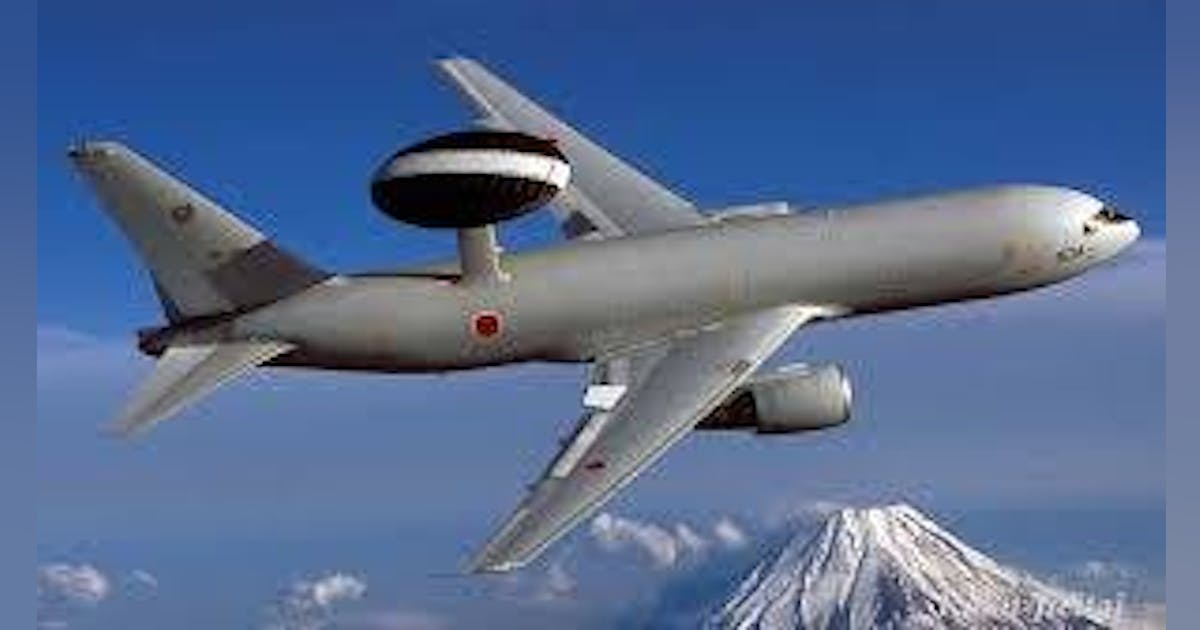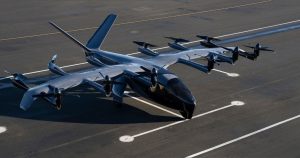BOEING TO ENHANCE AVIONICS FOR JAPAN’S E-767 RADAR SURVEILLANCE AIRCRAFT
March 14, 2025 – Boeing is set to initiate a significant avionics upgrade for Japan’s fleet of four E-767 radar surveillance aircraft, as part of an $84.6 million contract announced recently. This mission computing enhancement aims to bolster command and control operations, enhance real-time information exchange, and accelerate target identification.
Based at Hanscom Air Force Base in Massachusetts, the U.S. Air Force Life Cycle Management Center has commissioned Boeing for the installation and verification of the E-767 AWACS mission computing upgrades. Notably, these aircraft are derived from the Boeing 767 commercial passenger jets, in contrast to the U.S. counterparts, which utilize the older Boeing 707 airframe. The transition to Boeing E-7A aircraft is planned for the U.S. Air Force, which will feature enhanced capabilities based on the Boeing 737-700ER.

With the upcoming upgrades, Japan’s E-767 aircraft will see substantial improvements in operational capabilities, including enhanced command and battlespace management, elevated information sharing among services, reduced target identification times, and increased effectiveness during missions.
The modernization will also ensure that Japan’s AWACS systems achieve better interoperability with U.S. forces. These capabilities are vital for Japan’s self-defense strategies.
Boeing’s mission upgrade will cover various systems including electronic support measures, upgrades for traffic alert and collision avoidance systems, and advanced tracking transponders.
This comprehensive avionics overhaul encompasses a variety of components: four electronic support measure systems, eight AN/UPX-40 next-generation IFF systems, and multiple cryptographic computers among other essential upgrades.
The project will be executed in Oklahoma City, Oklahoma, and San Antonio, Texas, with an expected completion date in December 2028. For further inquiries about this project, interested parties can route their questions through the Boeing Defense, Space & Security website.
More on this upgrade can be found in related articles regarding Northrop Grumman and the improvements being made to other military aircraft.
About the Author: John Keller is the Editor-in-Chief at Military & Aerospace Electronics Magazine, providing in-depth insights into military and aerospace tech advancements. He has been with the publication since 1989.
For the original article, visit Original Article.













